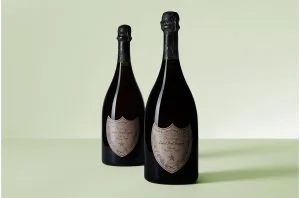Decanting can remove ‘crystals’ or ‘crust’ from a wine. Pexels
Having to decant several old wines off their lees recently led me to mull over the topic of lees, otherwise known as sediment (or ‘crust’), that is deposited in the bottles of some wines as they age.
Crystals or ‘crust’ in a red wine appear black, but in a white wine crystals will be light yellow or colourless—so-called ‘wine diamonds’.
The sediment in an aged red wine is made up of tannins and acid tartrates. The tannins are the dark-coloured pigments that can stick to the walls of the bottle or form a sludge in the bottom. Tartrates are the fine crystals that can be found in the bottom of bottles of red or white wines: they are heavy and gravitate to the bottom when the bottle is stood up.
In red wines, the two often combine, so crystals or ‘crust’ in a red wine appear black, but in a white wine crystals will be light yellow or colourless—so-called ‘wine diamonds’.
First the tannin deposits. These are polymerised polyphenolics. Polyphenolics are the tannins that have joined together (polymerised) over time to form a heavier deposit which will usually be seen in the bottom of the bottle. If it has been lying on its side for an extended period the deposit will be on the low side of the bottle. These are simply tannins and colour pigments that have come out of their dissolved state and formed a solid.
Tartrates are
This Article was originally published on The Real Review





